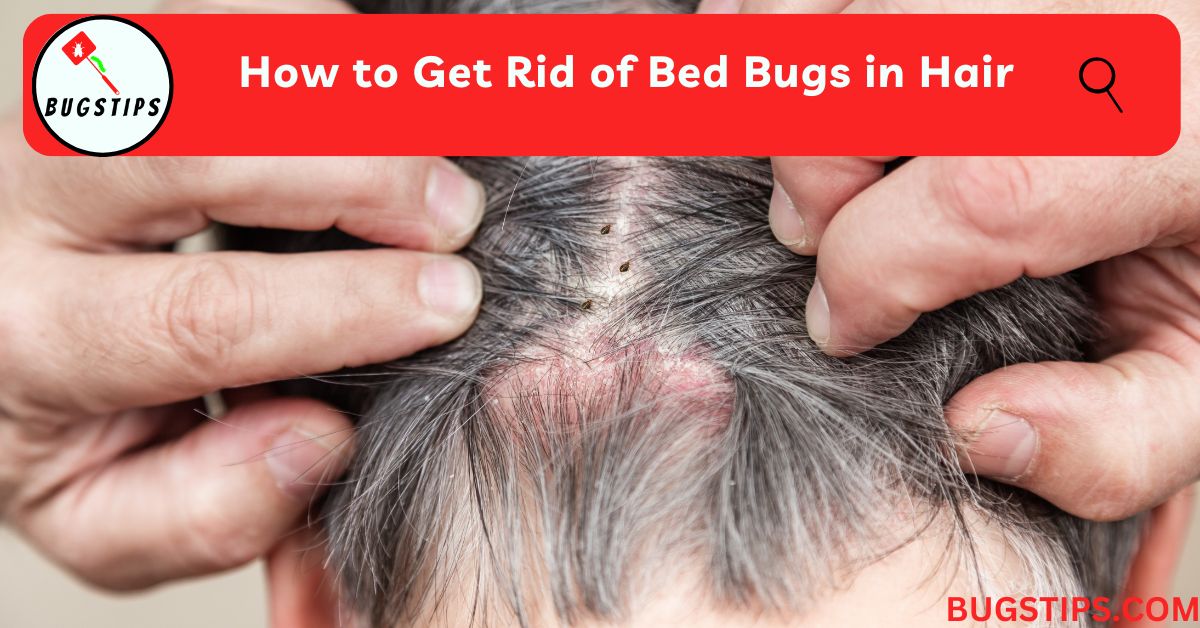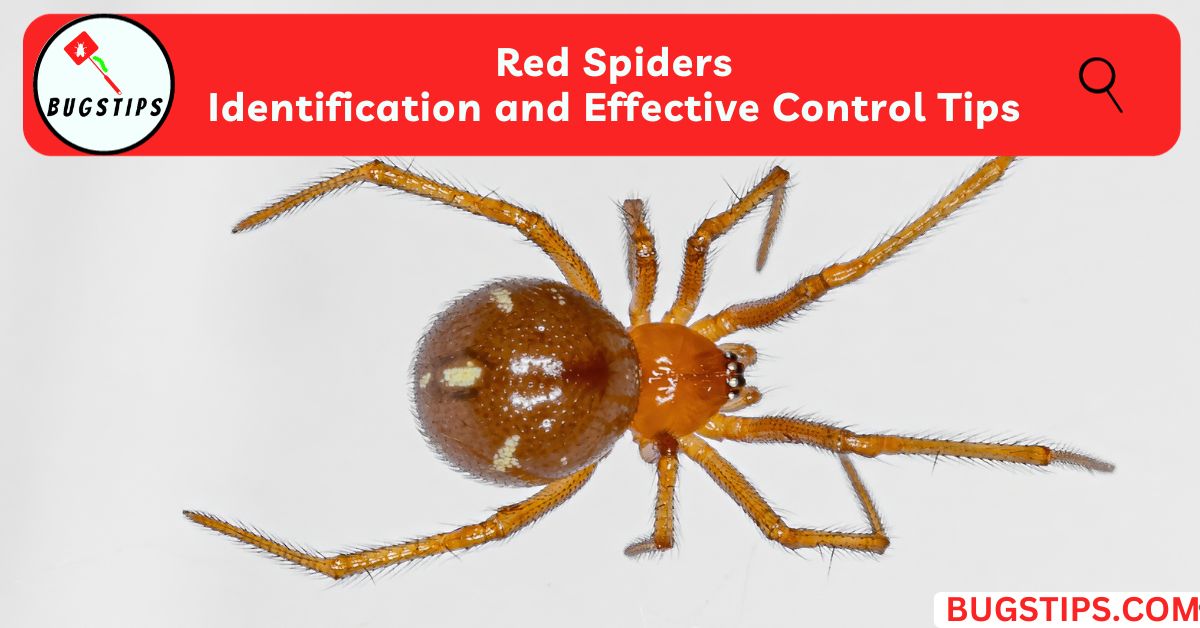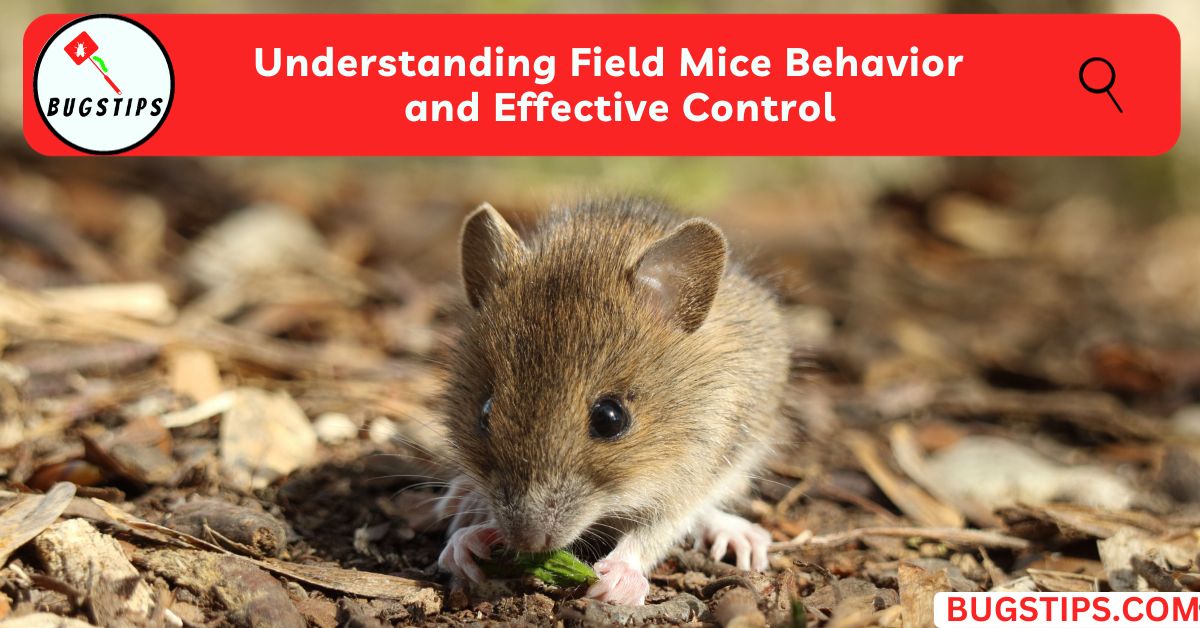This post may contain affiliate links which means as an Amazon Associate, this site may earn a small commission on qualified purchases made through links at no extra cost to you. Learn more on Affiliate Disclosure
Have you noticed small black or brown ants crawling on your ceiling or walls? Do you hear rustling sounds coming from the ceiling or walls? If so, you might have ants in your ceiling. This can be a common problem for homeowners, especially during the warmer months when ants are more active.
In this article, we’ll explore the causes of ants in the ceiling, the types of ants that climb walls and ceilings, the risks of having ants in your ceiling, and most importantly, how to get rid of them.
Whether you want to handle the problem yourself or hire a professional exterminator, we have you covered. So let’s dive in and learn more about ants in the ceiling!
Ants in Ceiling: What Are the Causes?
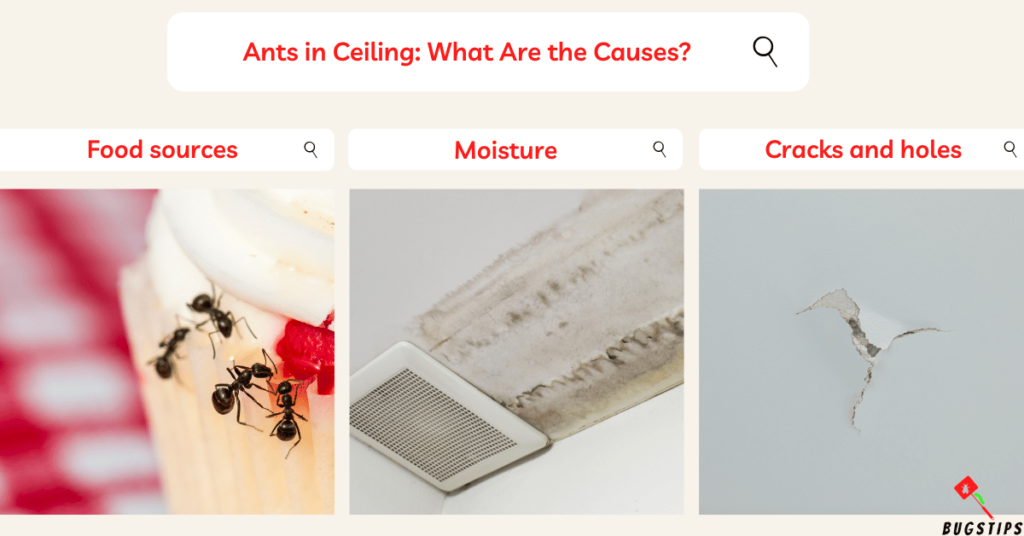
Ants in the ceiling can be a frustrating problem to deal with. Understanding the causes can help you prevent them from infesting your home.
Food sources
One of the primary causes of ants in the ceiling is the availability of food sources. Ants are attracted to anything that is sweet or sugary, such as spilled soda, crumbs, or leftovers. Even pet food left out overnight can attract ants to your home.
Related Article – How to Keep Ants Away from Sugar Jar
Moisture
Another common cause of ants in the ceiling is moisture. Ants are attracted to moist environments, so if there are any water leaks in your home, it’s important to fix them right away. Ants can easily access the ceiling through small cracks or holes, so it’s important to address any moisture issues as soon as possible.
Cracks and holes in the ceiling
Cracks and holes in the ceiling can also be a cause of ants in your home. Even the smallest cracks can be enough for ants to enter your home and build a nest. Ants are skilled at finding their way into tight spaces, so it’s important to seal any openings that you find.
Nearby ant colonies
Lastly, nearby ant colonies can be a contributing factor to ants in your ceiling. If there are any ant colonies in close proximity to your home, there is a higher chance of them finding their way inside. This is especially true for carpenter ants, which are known to burrow into wood and create nests.
By addressing these causes, you can help prevent ants from infesting your home and keep them from climbing up to your ceiling.
Related Article – Get Rid of Ants in Carpet: Easy Tips
How Ants Get in Your Ceiling
Ants can enter your ceiling in various ways, primarily through cracks, holes, and gaps. These openings can be as small as a pinhole or as large as a quarter, and ants can squeeze through even the tiniest of spaces.
Ants can also climb walls and other surfaces to reach your ceiling. Carpenter ants, for instance, can scale vertical surfaces with ease due to their strong legs and sharp claws. Once they reach your ceiling, they can crawl through any openings or crevices to establish a nest.
Additionally, if there is a nearby ant colony, workers can use pheromone trails to guide their way into your home and up to your ceiling.
How Do Ants Stay on Your Ceiling Without Falling?
Ants are tiny creatures, but they have incredible abilities to climb walls and ceilings without falling. They use their sticky feet to grip surfaces, allowing them to move with ease.
Ants also secrete a special adhesive substance that helps them stick to smooth surfaces, including ceilings. This substance allows them to grip the surface tightly, even when upside down.
Another factor that enables ants to climb walls and ceilings is their lightweight bodies. Ants are lightweight insects that can move easily and quickly. Their small size and weight allow them to walk on ceilings without exerting too much pressure on the surface, making it easier for them to stick and move around.
Additionally, some ant species have flattened bodies, which allows them to grip surfaces more efficiently.
Why Do Dead Ants Fall From Ceiling?
It is common to find dead ants on the floor or ground beneath your ceiling. The reason why dead ants fall from the ceiling is due to natural causes. As ants scurry around on the ceiling, they may become disoriented and fall. Some ants may die of natural causes while on the ceiling, and their bodies eventually fall to the ground.
Another reason may be that the ants have been affected by pesticides or insecticides, causing them to lose their grip on the ceiling and fall.
If you find a large number of dead ants falling from your ceiling, it could be a sign of a severe infestation or an issue with your pest control methods.
You May Also Like – Dealing with Ants in Electrical Outlets
Signs of Ants in Your Ceiling
If you suspect that ants have invaded your home, one of the places you should check is your ceiling. Ants can find their way into your home through the tiniest of openings, and once they have established a colony in your ceiling, it can be challenging to get rid of them.
To help you identify whether you have ants in your ceiling, here are some common signs to look out for.
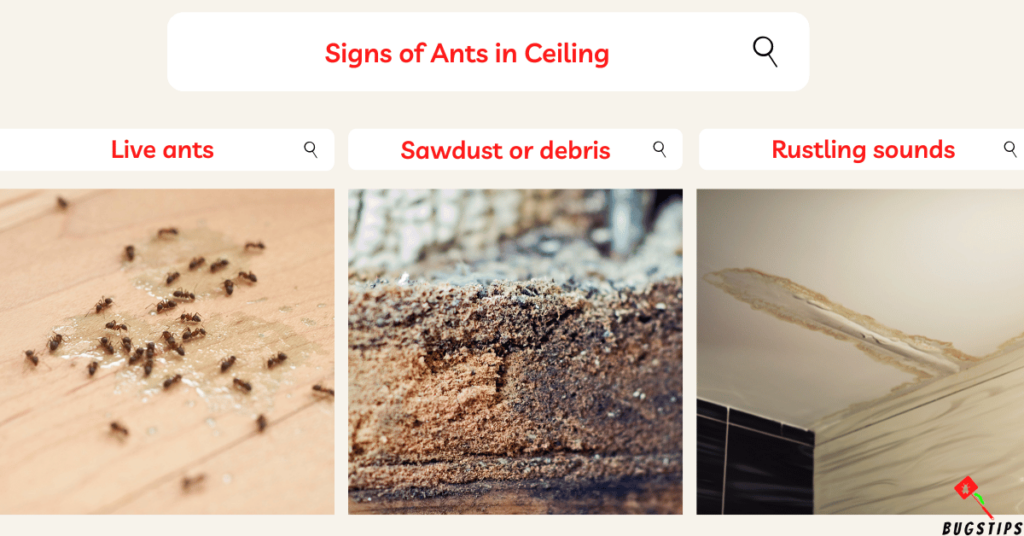
Small black or brown ants crawling on the ceiling or walls
One of the most obvious signs of ants in your ceiling is the presence of small black or brown ants crawling on the surface. These ants may be searching for food, water, or a new place to build their colony.
They are usually tiny and can be difficult to spot, but if you see a steady stream of them marching across your ceiling, it’s a clear indication of an ant infestation.
Piles of sawdust or debris on the floor (indicating carpenter ant activity)
When you see piles of sawdust or debris on the floor, it could indicate that carpenter ants are present in your ceiling. These ants tunnel through wood, creating galleries and leaving behind sawdust and debris as they work.
If you notice these signs, it’s important to address the issue promptly to prevent further damage to your home.
Rustling sounds coming from the ceiling or walls
If you start hearing rustling sounds coming from your ceiling or walls, it could be a sign of ants. As they move around, they can create a scratching or rustling noise that can be heard.
This is particularly common with larger ant species, such as carpenter ants, that can make a lot of noise as they tunnel through wood. If you hear these sounds, it’s important to investigate further to see if there is an ant infestation present.
Foul odor from ant feces and body parts
When there are ants in your ceiling, you may also notice a foul odor. This odor can come from ant feces and body parts that have accumulated in the area. As ants continue to move around in your ceiling, they can leave behind waste and debris, which can create an unpleasant smell.
If you notice a strong odor in your home, it could be a sign of an ant infestation in your ceiling or walls. It’s important to address the issue promptly to prevent further damage and potential health risks.
Related Article – How To Get Rid of Ants in Bedroom: 10 EASY Methods
Types of Ants That Climb Walls and Ceilings
There are many types of ants that can invade ceilings, but some are more common than others.
Here are a few types of ants that can be found crawling on your ceiling and walls:

Carpenter ants
Carpenter ants are one of the most common types of ants found in ceilings. They are attracted to moist, decaying wood and can cause damage to wooden structures. Carpenter ants are typically black or reddish-brown and range in size from 1/4 to 1/2 inch in length.
Related Article – What Attracts Carpenter Ants
They have powerful mandibles and can excavate tunnels in wood, creating galleries for their nests. Signs of carpenter ant activity in ceilings include sawdust piles, rustling sounds, and the presence of winged ants emerging from the ceiling.
Sugar ants
Sugar ants are a common type of ant that can climb walls and ceilings. They are attracted to sweet foods and can often be found in kitchens and areas where food is stored.
They are small and usually light brown in color and can form large colonies. While they are not usually harmful to humans, they can be a nuisance and difficult to get rid of.
Acrobat ants
Acrobat ants are another type of ant that can climb walls and ceilings. They are called acrobat ants because of their ability to contort their bodies and hold their abdomens over their heads, giving them the appearance of acrobats. These ants are usually small and light brown in color.
They are often found nesting in trees, but they can also invade homes and buildings, including ceilings. Acrobat ants are known for their ability to squeeze through tiny cracks and crevices to gain access to a structure.
Once they establish a colony, they can cause damage to the structure by hollowing out wood and insulation.
Moisture ants
Moisture ants, also known as yellow ants, are another common type of ant that can climb walls and ceilings. They are attracted to areas with moisture, such as leaky pipes or damp wood, and can cause damage to structures if left unchecked.
Moisture ants are typically light yellow in color and range in size from 2.4 to 3.3 mm. They are known for their distinctive musty odor and are often found near sources of water or moisture.
Little black ants
Little black ants are another common type of ant that can climb walls and ceilings. They are small in size and typically have a shiny black color. Little black ants are attracted to sweet foods and can often be found in kitchens or near food sources.
They can also infest wood and cause damage similar to carpenter ants, though they are not as destructive. Little black ants are known for forming large colonies and can quickly become a nuisance if left unchecked.
Fire ants
Fire ants are not typically known to climb walls or ceilings, as they prefer to stay close to the ground. They also tend to prefer dry areas rather than moist ones, which makes ceilings an unlikely location for them to nest.
However, it is still possible for fire ants to invade a ceiling if there is a significant enough food source or other attraction present. If you suspect fire ants are in your ceiling, it is best to contact a professional pest control service for proper identification and treatment.
Risks of Having Ants in Ceiling
While ants in the ceiling may not seem like a big deal, there are actually several risks associated with having them in your home. So here we’ll explore some of the potential dangers of an ant infestation in your ceiling.
Damage to your home’s structure
Having ants in your ceiling can lead to damage to the structure of your home. Carpenter ants, in particular, can cause significant harm as they burrow through the wood to create their nests. As they tunnel through the wood, they weaken its structural integrity, which can ultimately lead to sagging ceilings, walls, and floors.
Acrobat ants, little black ants, and moisture ants can also cause damage to your home’s structure, though typically to a lesser degree than carpenter ants. These ants may burrow through walls or ceilings, leaving behind small holes that weaken the structure.
If left untreated, the damage caused by ants in your ceiling can become severe and costly to repair. Therefore, it is crucial to identify and address ant infestations as early as possible to prevent further damage to your home’s structure.
Health risks from ant bites or exposure to ant feces and body parts
Ants in your ceiling can pose health risks as well. Ants can bite humans if they feel threatened, which can lead to painful and itchy skin irritation. In some cases, people may experience an allergic reaction to ant bites, which can be severe and require medical attention.
In addition, exposure to ant feces and body parts can also cause health problems, particularly for those with respiratory issues. Ants can leave behind feces and shed body parts in your home, which can become airborne and potentially cause respiratory irritation or trigger allergies.
It’s important to take steps to address an ant infestation in your ceiling to minimize these health risks and keep your home safe and healthy.
Contamination of food sources
When ants invade your ceiling, they can contaminate your food sources. Ants leave a trail of pheromones that lead other ants to their food source. This means that if ants are crawling around your ceiling and find their way into your kitchen or pantry, they will leave a trail of pheromones that will lead other ants to your food.
Once ants get into your food, they can contaminate it with their feces and body parts, which can be harmful to your health if consumed.
It is important to keep your food stored in airtight containers and clean up any crumbs or spills promptly to prevent ants from being attracted to your food.
How to Get Rid of Ants in Ceiling
When you finally spot ants in your ceiling, it’s important to take immediate action to get rid of them.
Here are several ways you can eliminate ants in your ceiling:

Identify the nest
When you notice ants in your ceiling, the first step to getting rid of them is to identify the nest. Start by observing where the ants are coming from and going to, and try to follow their trail to locate the source of the problem.
Look for any cracks, crevices, or holes in the ceiling where the ants may be entering from.
You can also try tapping on the ceiling to listen for any rustling sounds, which can indicate the presence of a nest. Once you have located the nest, you will have a better understanding of how to effectively eliminate the ant infestation.
Related Article – How to Get Rid of Ant Hills | 18 Effective Methods
Use ant baits
If you decide to use ant baits to get rid of ants in your ceiling, it’s important to choose the right type of bait. Look for baits that are specifically designed for the type of ants you’re dealing with. Ant baits work by attracting ants with a sweet or protein-based substance, which they then carry back to their nest to share with the rest of the colony.
There are many effective products available. Here are some of the most popular ones:
- Terro Liquid Ant Baits
TERRO T300B Liquid Ant Killer is a fast-acting ant bait product that can significantly reduce the number of ants visiting the bait stations within a few days. It can effectively kill common household ants, including acrobat, crazy, ghost, and little black ants.
- Combat Max Ant Killing Bait
Combat Max Ant Killing Bait is a highly effective solution for getting rid of ants in your ceiling. It provides long-lasting ant-killing power and works quickly to eliminate ants without producing any vapor, fumes, or odor. The bait stations are easy to use and can be placed anywhere ants are seen. Once the ants feed on the bait, they will carry it back to their nest, resulting in the entire colony being eradicated.
- Syngenta Advion Ant Gel
Syngenta Advion Ant Gel is a highly effective ant bait that is consumed by worker ants and taken back to the colony to be shared, resulting in a high kill rate that can eliminate the entire colony in a short period of time. This bait is easy to apply and works quickly to control ant populations in and around your home.
When placing the ant bait, make sure to put it in a location where the ants are active. It’s also important to avoid disturbing the ants while they are carrying the bait back to their nest. This can disrupt the colony’s natural behavior and make the bait less effective.
Ant baits may take several days or even weeks to work, depending on the size of the colony. Be patient and resist the urge to remove the bait or spray insecticide during this time. This can disrupt the ants' behavior and make it more difficult to get rid of the colony.
Use insecticide spray
If ant baits are not effective in getting rid of ants in your ceiling, you can try using an insecticide spray. However, it’s important to use caution when applying the spray and follow the instructions carefully to avoid any potential hazards.
Here are some insecticide sprays that can be effective in killing ants:
- Raid Ant & Roach Killer Spray
- Ortho Home Defense Ant & Roach Killer
- Hot Shot Ant & Roach Plus Germ Killer
Always read the label and follow the instructions for safe and effective use. It's also important to wear protective clothing, such as gloves and a mask, and to keep children and pets away from the area while using the spray.
Hire a professional exterminator
If the infestation is severe or if DIY methods are not effective, it’s best to call a professional exterminator. A licensed and experienced exterminator can identify the type of ant and use the appropriate treatment to eliminate the infestation.
Related Article – What Chemicals Do Exterminators Use for Ants?
They also have the proper equipment and knowledge to safely and effectively apply insecticides in hard-to-reach areas such as inside the ceiling. Additionally, a professional exterminator can provide advice on how to prevent future ant infestations.
How to Prevent Ants in Ceilings
You don’t have to deal with ants in your ceiling if you take preventative measures to keep them out in the first place.
Here are some easy steps you can take:
- Keep your food sealed: Ants are attracted to food, so keeping your food sealed in airtight containers will help prevent them from being attracted to your home. This includes not leaving any crumbs or spills on countertops or floors.
- Fix any moisture issues: Ants are also attracted to moisture, so make sure to fix any leaks or moisture issues in your home. This includes fixing leaky pipes or faucets and ensuring proper ventilation in bathrooms and kitchens.
- Seal any cracks and holes: Ants can enter your home through even the smallest cracks and holes, so make sure to seal up any openings in your walls, ceilings, and floors. This can include using caulking or weather stripping to seal gaps around windows and doors.
- Keep your home clean: Regularly cleaning your home can help prevent ants from being attracted to your living space. Make sure to wipe down surfaces, sweep floors, and take out the trash regularly.
By following these preventive measures, you can significantly reduce the likelihood of ants invading your ceiling. Not only will this prevent potential damage to your home’s structure and contamination of your food sources, but it will also help you avoid the nuisance of dealing with an ant infestation.
Remember, it's always better to prevent a problem than to try to solve it later on. So take the time to seal up any cracks and holes, keep your food sealed and your home clean, and address any moisture issues promptly.
Final Thoughts
Ant infestations can be frustrating to deal with, especially when they are in hard-to-reach areas like your ceiling. However, there are effective solutions available such as ant baits, insecticide sprays, and hiring a professional exterminator.
But prevention is always better than cure, and taking simple steps such as keeping your food sealed, fixing any moisture issues, sealing cracks and holes, and keeping your home clean can help prevent ants from invading your ceiling.
By following these preventative measures, you can reduce the likelihood of an ant infestation in your home.
FAQs
Can ants come through the ceiling?
Yes, ants can come through the ceiling if there are cracks or holes in the ceiling that allow them to enter.
Where are the ants on my ceiling coming from?
The ants on your ceiling could be coming from a nearby nest or colony, and they may be attracted to food or moisture in your home.
Why do ants stick to the ceiling?
Ants can stick to the ceiling due to their sticky foot pads, which help them climb on various surfaces, including walls and ceilings.
Is it normal for ants to live in walls?
Yes, it’s not uncommon for ants to live in walls, especially if there are cracks or holes that allow them to enter.
Can ants eat through drywall?
Ants cannot eat through drywall, but they can create small holes in it to make their nests.
How do I find an ant nest in my wall?
To find an ant nest in your wall, look for ant trails or listen for rustling sounds, and follow them to the source. You can also try using ant baits or traps to see where the ants are going.
Do ants lay eggs in walls?
Yes, ants can lay eggs in walls, especially if there is a nearby source of food or water.
Can carpenter ants create holes in the ceiling?
Yes, carpenter ants can create holes in the ceiling if they are nesting in the wood structure above it.
How long does it take for ant bait stations to work?
Ant bait stations can take several days to several weeks to work, depending on the type of bait and the severity of the infestation. It’s important to follow the instructions carefully and be patient when using ant baits.
Resources – (for further reading)
University of Minnesota – Carpenter ants, Acrobat ant
University of Nebraska–Lincoln – Little Black Ant Identification Resources
Encyclopedia Britannica – Fire ant | insect

